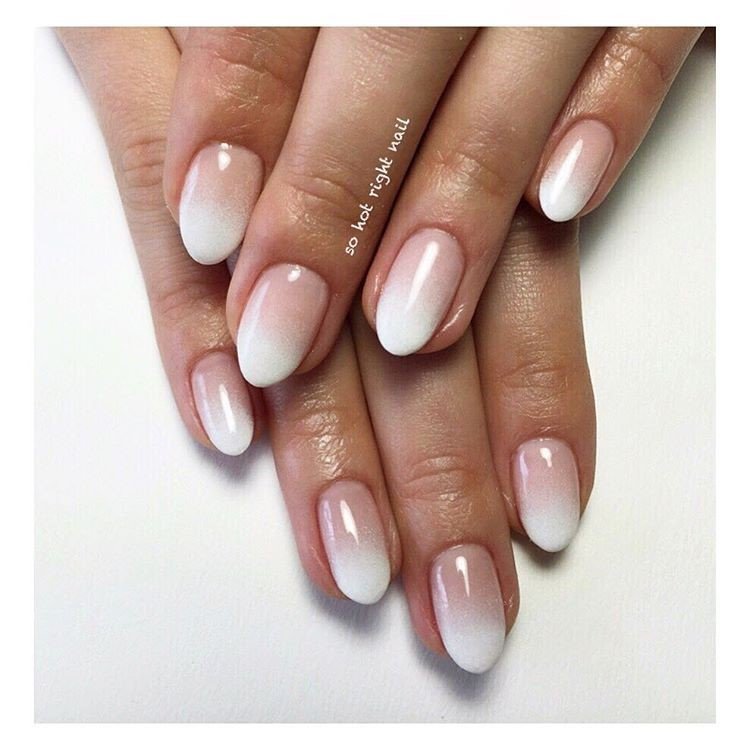Nail extensions have become a serious business in the beauty industry of contemporary societies.
From popular female socialites to local roadside vendors, it is not unusual to find women of various backgrounds and ages wearing nail extensions.
Ever wondered where this nail phenomenon came from?
In ancient times, specifically around and before 3000BC, Egyptian women of noble birth wore nail extensions to enhance their looks and to charm men. The material used for these extensions such as gold, ivory and bone were expensive and available to only the wealthy.
Since they were not engaging in any domestic activity, the nails did not restrict them in any way. Thus, long nails became a symbol of higher status in society.

Servants tending to the nails of Egyptian men
With time, nail extensions became accessible to all Egyptians and nail colour was used to distinguish the noble from common men. These nail colours were achieved with henna dye and berries.
Ordinary men, in the beginning, wore neutral and pale colours. Noblemen wore red hues. It was believed that the stronger the red hue, the more the status and power of the nail bearer.
Queen Nefertiti, the ancient Egyptian queen was noted for her ruby red finger and toenails achieved with henna dye and in some cases blood.
Queen Cleopatra was associated with rusty shades of red with golden undertones coated nails.
Commoners who are seen in hues reserved for the nobility could be killed instantly.
Although the inventions of nail polish with beeswax and other ingredients have been credited to the Chinese around 3000BC, it is noted that Egyptians were staining their nails with henna during this same period and had been practising it from 5000BC.
This was done by soaking the nails in the prepared dye mixture for long periods of time, sometimes overnight.

Nail technology of ancient Egypt
Nail art and other beauty procedures soon became so popular in ancient Egypt that, manicure and beauty shop owners were some of the richest people of that era.
Egyptian men were also fans of nail care and art as much as their women, especially those of noble standing.
Kings and Queens were known to be buried with anything they could make use of in the afterlife, like cosmetics, clothing, wigs among others. In the 1920’s, small containers of cosmetics, including nail polish, which were still usable by the time they were discovered, were found in the tomb of King Tutankhamen (c 1380-1350 BC).
Nail polish was also used in war preparation in ancient Egypt. Servants would curl the hair and paint nails the same colour as the lips of the military leaders as a preparation ritual for war.
This was also practised by Babylonian and Roman military leaders. They did this to instil fear in their opponents.

Modern 3D manicure
Nail grooming is still popular among men and women and no longer restricted to particular social status. Many spas and beauty salons all over the world provide manicure and pedicure services to customers.
Although the nail extension trend is not popular among men, women of all classes and cultures don acrylic, gel, fibreglass or silk nail wraps in various lengths for aesthetic appeal and self-expression.
New inventions of nail painting art have been discovered such as painting with a brush, sponge bobbing, matte polish and nail stamping. Others are water marbling, 3-D designs, glitter infusion, and airbrush designs.

Modern-day Fench manicure
There are also mobile services especially in Africa that provide nail grooming to passers-by.
It is advisable to get nails groomed and fixed at accredited places and under hygienic conditions to prevent any serious complications.










